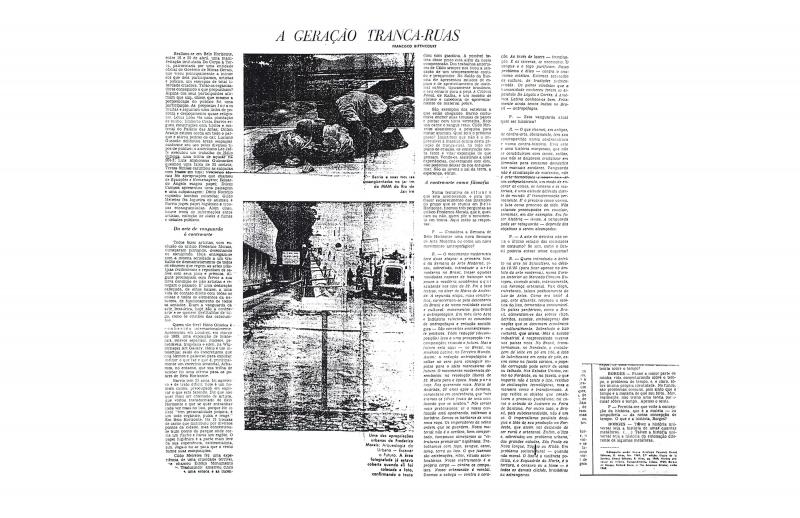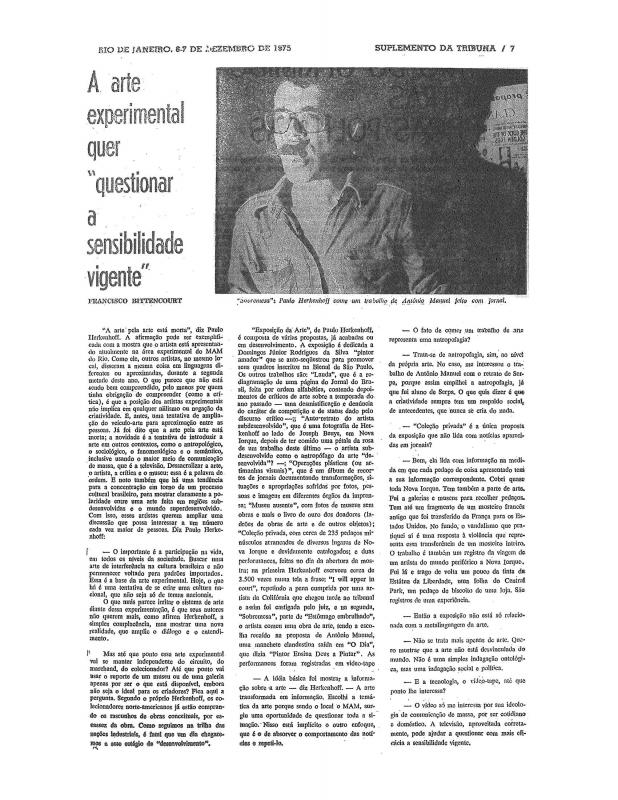Portuguese-born artist Antonio Manuel (b. 1947) moved to Rio de Janeiro as a child. His participatory, politicized, and even subversive work gained recognition on the Brazilian art scene in the late sixties. In the “flanes” series, for example, the artist intervened in the use of rubber stereotypes employed to print newspapers, going to the newspaper offices while the government censors were making their cuts. In 1970, the artist submitted his nude body as a work of art at the XIX Salão Nacional de Arte Moderna, defying the event bylaws that prohibited artists from being physically present during jury deliberations. In her book Brazilian Art Under Dictatorship, art historian Cláudia Calirman writes that the act was “not only a symbol of defiance against the arbitrary rules of art salons and exhibitions, but was also representative of the lack of consistent criteria for censorship of the arts by the military regime.” At that critical juncture, Antonio Manuel’s work focused on the problem of circulation in times of censorship and the mass media in recent Brazilian history.
Art critic Francisco Bittencourt was an active participant in the Rio de Janeiro art scene in the late sixties and early seventies. This interview can be seen as a secondary source insofar as it revitalizes critical debate at a pivotal moment in the political life of Brazil pursuant to the issuance of the Institutional Act Number Five decree by the dictatorship, a measure that revoked civil rights. This conversation encompasses both artistic tradition and counter-art. On previous occasions, Bittencourt had discussed Antonio Manuel’s generation and Do corpo à Terra, an event organized by Frederico Morais in 1970 in which Manuel took part (see “A geração tranca-ruas” [doc. no. 1110681]). Along with critic Paulo Herkenhoff, who was also an artist at the time, Bittencourt had taken an interest in art that entails radical questioning, as in “A arte experimental quer ‘questionar a sensibilidade vigente’” [doc. no. 1110612].


